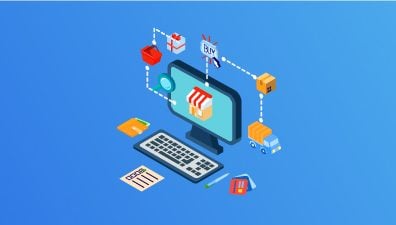In the ever-evolving landscape of eCommerce, headless commerce has emerged as a transformative approach that empowers businesses to achieve greater flexibility, innovation, and scalability. This introduction explores the significance of headless commerce, delving into its potential advantages, challenges, pricing considerations, and strategies for effective pricing models. By understanding the intricacies of headless commerce and its impact on pricing, businesses can navigate the complexities of modern eCommerce with confidence.
Table of Contents
- Introduction to Headless Commerce and Its Importance
- What Are the Costs of Headless Commerce Pricing?
- Factors Affecting Headless Commerce Pricing
- Advantages of Headless Commerce Pricing Models
- Challenges in Headless Commerce Pricing
- Strategies for Effective Headless Commerce Pricing
- Real-world Estimation of Headless Commerce Pricing
Introduction to Headless Commerce and Its Importance
Headless commerce is a modern approach to eCommerce architecture that decouples the front-end presentation layer from the back-end commerce functionality. In traditional eCommerce systems, the front-end user interface and the back-end business logic are tightly integrated, making it challenging to adapt to rapidly changing technologies and user experiences. Headless commerce addresses this by separating the two, allowing greater flexibility, scalability, and customization.
In a headless commerce architecture, the front end is often referred to as the head, and the back-end commerce functionality is the body. The head can be a website, mobile app, voice assistant, digital kiosk, or any other user interface. The body consists of the eCommerce platform’s core features such as product catalog management, inventory management, shopping cart, checkout process, payment processing, and order fulfillment. Compared to traditional eCommerce systems, headless commerce offers a more flexible, adaptable, and innovative approach to eCommerce. It empowers businesses to provide consistent and engaging shopping experiences across various channels while benefiting from the latest technology advancements

More than that, headless commerce can provide several benefits in terms of pricing for businesses. Here are some ways in which a headless commerce architecture can impact pricing strategies:
- Cost Efficiency: Headless commerce allows businesses to allocate resources more efficiently. By decoupling the front end from the back end, development teams can focus on their respective areas of expertise. This can lead to optimized resource utilization and potentially lower development costs.
- Faster Time-to-Market: With the flexibility of headless architecture, businesses can introduce new pricing models, promotional campaigns, or changes to product pricing more quickly. This agility can help capitalize on market trends and competitive opportunities faster, potentially leading to increased revenue.
- Customized User Experience: A key benefit of headless commerce is the ability to tailor the user experience based on customer behavior, preferences, and demographics. This personalized experience can enhance the effectiveness of dynamic pricing strategies, such as offering discounts to specific customer segments or displaying region-specific pricing.
- Rapid Experimentation: Headless commerce enables businesses to experiment with different pricing strategies, such as A/B testing or limited-time offers, without affecting the core commerce functionality. This allows for data-driven decisions on pricing adjustments and optimization.
- Omnichannel Consistency: Consistency in pricing across various channels is crucial for building customer trust. Headless commerce ensures that pricing data is centralized and shared across different interfaces, reducing the risk of discrepancies and confusion among customers.
- Integration with Dynamic Pricing Tools: Headless commerce can seamlessly integrate with third-party dynamic pricing tools and algorithms. These tools use real-time data and market insights to adjust prices dynamically based on factors like demand, competition, inventory levels, and customer behavior.
- Pricing Transparency: Headless commerce can facilitate transparent communication of pricing information to customers. Custom front-end interfaces can display pricing breakdowns, discounts, and any associated fees clearly, contributing to a positive user experience and customer satisfaction.
- Scalability for High Traffic Events: During peak shopping seasons or special events, headless commerce’s scalability can handle increased user traffic efficiently. This ensures that pricing calculations and updates remain accurate and consistent even under heavy load.
- Global Pricing Localization: For businesses operating in multiple regions, headless commerce makes it easier to manage localized pricing strategies. This includes adjusting prices to account for currency fluctuations, taxes, duties, and regional market dynamics.
- Long-Term Adaptability: As pricing strategies evolve over time, headless commerce offers the flexibility to accommodate new approaches without requiring complete system overhauls. This adaptability can extend the lifespan of the technology investment.
What Are the Costs of Headless Commerce Pricing?
Headless commerce cost consists of Software costs, Building costs, and Maintenance costs. Here’s a closer look at how each factor can impact the overall costs:
Backend Infrastructure Costs
These backend infrastructure costs are a critical consideration when implementing a headless commerce solution.
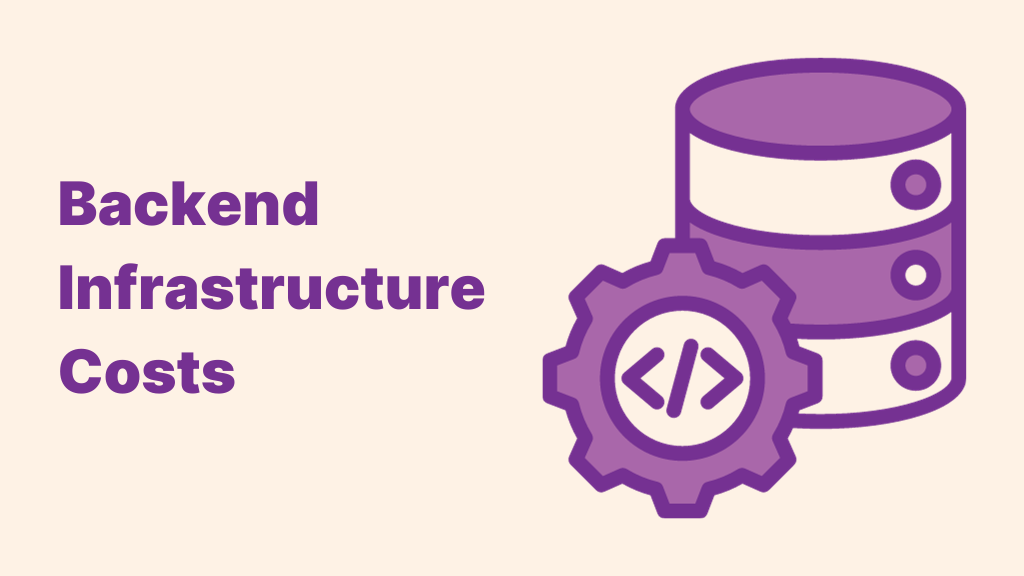
Besides the cost of integrating, backend infrastructure costs contain two main costs:
- Server Maintenance and Scalability: The costs associated with maintaining and scaling the backend infrastructure can vary based on factors like the hosting provider, server specifications, and the volume of traffic your eCommerce platform handles. The need for load balancing, server monitoring tools, and cloud services like Amazon Web Services (AWS) or Microsoft Azure can all impact costs.
- Database Management: Managing and optimizing the database that stores product information, customer data, and transaction history is essential for a smooth operation. Costs include database hosting, security measures, data backup solutions, and database administration.
Frontend Development Costs
Developing a compelling front end that engages customers and provides a seamless user experience is integral to the success of a headless commerce platform. But to create a great front end, you will need to make room to develop it in your headless commerce building budget.
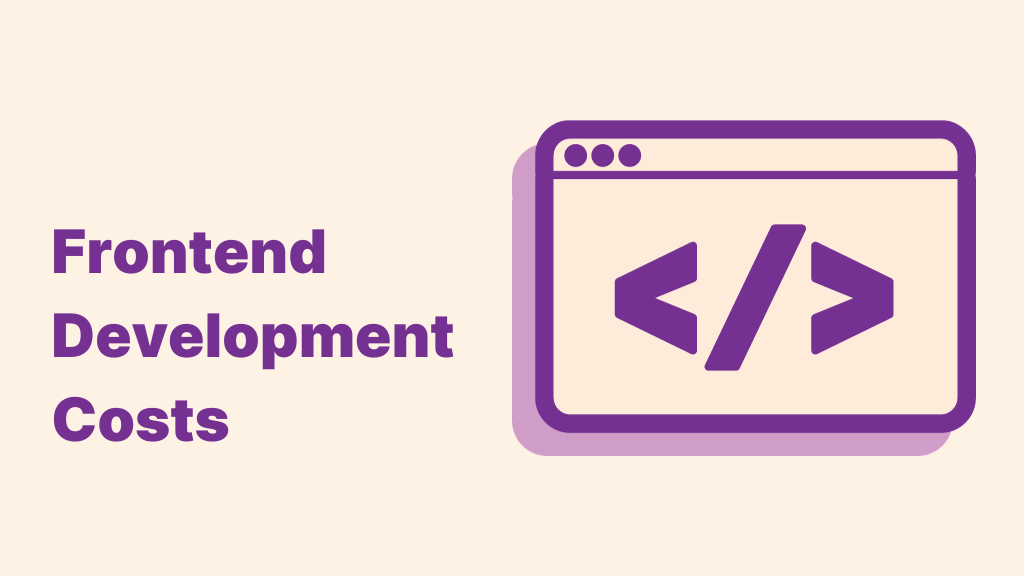
This cost should include:
- Customization and User Experience: The complexity of customizing the frontend interface, including layout, design, interactive elements, and user flows, can influence development costs. Highly tailored experiences may require more development time and expertise.
- Mobile Responsiveness: Ensuring that the front is responsive and performs well across various devices and screen sizes can increase costs, as it may require additional development effort to create a consistent and optimal experience.
Integration and API Costs
Last by not least, seamless integration with third-party services and APIs is a cornerstone of successful headless commerce implementation.
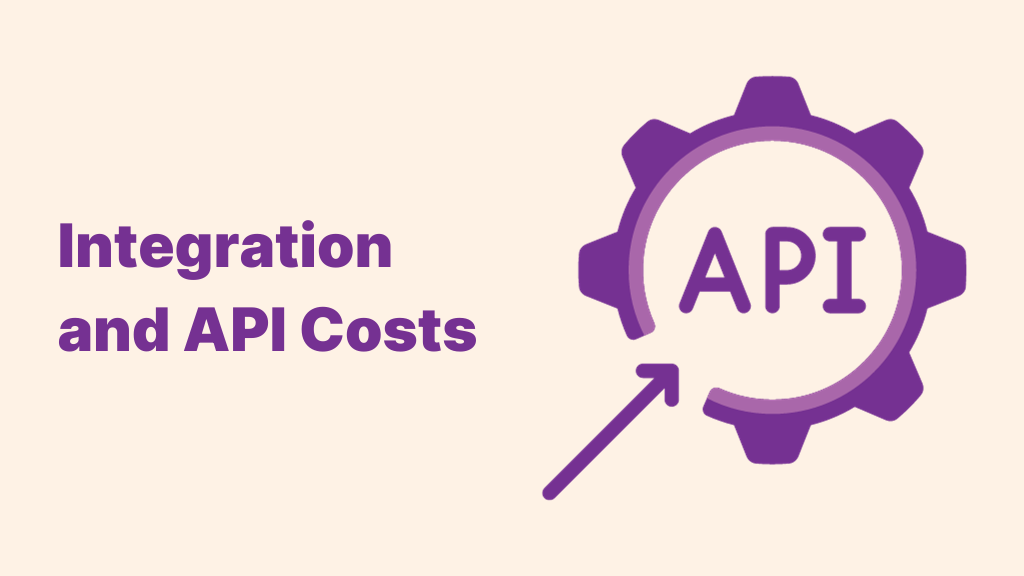
Therefore, you should set aside a budget for these types of costs.
- Third-party Services Integration: Integrating third-party services such as payment gateways, shipping providers, marketing tools, and analytics platforms often comes with integration fees, API usage charges, and ongoing maintenance costs.
- Maintenance and Updates: Keeping integrations up-to-date, especially when third-party services release updates or new versions of APIs, requires ongoing development and testing. Ensuring the continuity of functionality can contribute to maintenance costs.
Factors Affecting Headless Commerce Pricing
It’s important to note that while knowing how the headless commerce pricing is divided plays a significant role, there are additional considerations that can impact headless commerce pricing:
- Development Expertise: The proficiency of the development team working on the headless commerce project holds an important sway over costs. The level of experience and specialization in headless architecture can influence both development and ongoing maintenance expenses. Seasoned developers who have a deep understanding of headless commerce concepts, APIs, and the technologies involved may command higher rates due to their specialized skill set. Investing in skilled developers is essential for the successful implementation of a complex architecture that requires seamless interaction between the front end and back end.
- Project Complexity: The intricacies of your eCommerce requirements and the complexity of the desired features can have a substantial impact on pricing. A project with a vast product catalog, intricate product variations, multiple user roles, and complex workflows might necessitate more development time and effort. Additionally, if your business requires unique customizations to align with your branding and specific needs, these customizations can increase both upfront development and long-term maintenance costs.
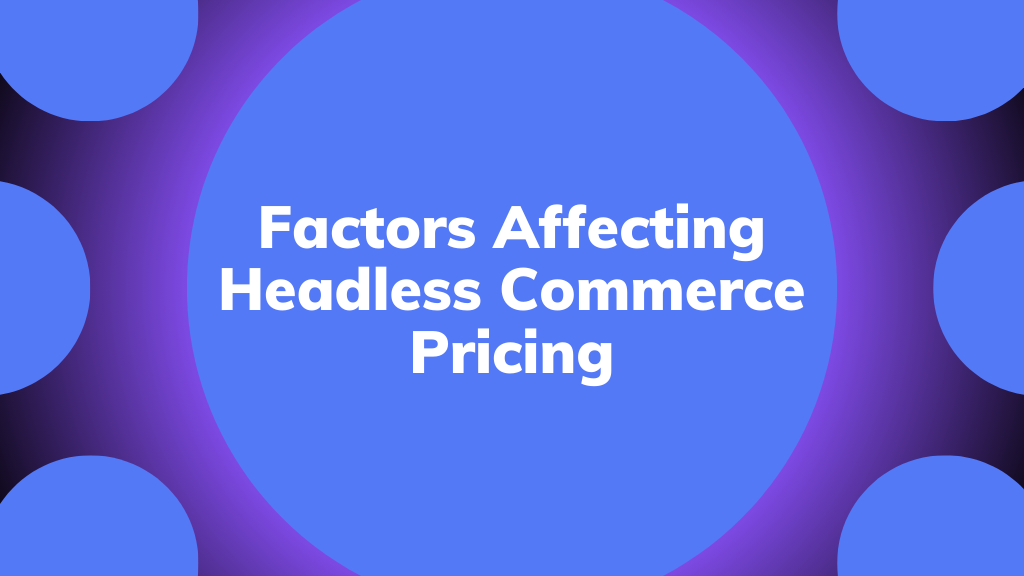
- Time to Market: The urgency to launch a headless commerce platform can significantly influence the project’s costs. Rushed projects might require additional resources, including a larger development team, to meet tight deadlines. Quick turnarounds could lead to extra hours and expedited development processes, which might incur higher costs. Balancing time-to-market requirements with the need for a robust and reliable solution is crucial to managing both costs and project quality effectively.
- Security and Compliance: Industries with specific security or regulatory requirements, such as GDPR (General Data Protection Regulation) or PCI-DSS (Payment Card Industry Data Security Standard), must ensure that their headless commerce solution meets these standards. Compliance measures might involve additional costs for implementing robust security features, conducting security audits, and maintaining compliance certifications. While these investments can add to the overall cost, they are essential to safeguard customer data and maintain legal compliance.
- Testing and Quality Assurance: Rigorous testing and quality assurance processes are vital to ensuring a smooth and bug-free user experience. Investing resources in comprehensive testing, including unit testing, integration testing, performance testing, and user acceptance testing, can help identify and address issues early, preventing costly fixes later in the development cycle. The time and effort allocated to testing directly impact project costs but contribute significantly to the long-term stability and customer satisfaction with the platform.
Advantages of Headless Commerce Pricing Models
Flexibility in Pricing Structures
Headless commerce offers businesses the advantage of flexible pricing structures, providing diverse options to align with their unique business models. This flexibility enables companies to experiment with different pricing strategies, such as subscription models, tiered pricing, dynamic pricing, or usage-based pricing. With decoupled front-end and back-end systems, changes to pricing structures can be implemented more efficiently, allowing businesses to adapt to evolving market conditions and customer preferences. This adaptability empowers businesses to remain competitive and responsive in a rapidly changing eCommerce landscape.
Scalability and Cost Efficiency
Headless commerce pricing models provide scalability and cost efficiency that align with the growth trajectory of businesses. As companies expand their customer base, the headless architecture allows for separate scaling of front-end and back-end systems. This means businesses can allocate resources strategically, optimizing their investments. During peak demand periods, scaling up resources for the front end without impacting the back-end commerce processes ensures a seamless shopping experience. Conversely, during lower-demand periods, scaling down the front-end resources can lead to cost savings, making headless commerce a cost-efficient solution.
Tailored Solutions for Businesses of Different Sizes
One of the remarkable advantages of headless commerce pricing models is their adaptability to businesses of varying sizes and needs. Small startups, medium-sized enterprises, and large corporations can all benefit from headless architecture by tailoring their solutions to suit their unique requirements. The flexibility of headless architecture allows businesses to choose the technologies, tools, and integrations that align with their scale and budget. This ensures that companies don’t invest in features or functionalities that are beyond their immediate needs, enabling a more cost-effective approach to eCommerce.
Challenges in Headless Commerce Pricing
While headless commerce presents a modern and versatile approach to eCommerce, challenges related to pricing should not be overlooked. Initial implementation costs, potential hidden costs, and the complexities of calculating ROI and long-term considerations are factors that businesses should carefully assess when transitioning to a headless commerce model.
Initial Implementation Costs
Implementing a headless commerce solution comes with its share of challenges, particularly in terms of initial implementation costs.
- Development and Setup Expenses: The initial development and setup expenses can be significant. Decoupling the front end and back end necessitates intricate coding and configuration work, leading to higher development costs than traditional eCommerce setups. This includes creating APIs, ensuring data synchronization, and establishing secure communication channels.
- Training and Onboarding: Transitioning to a headless commerce architecture might require training your development and operational teams to work with the new setup. This could involve upskilling employees or hiring specialists who are experienced in headless architecture, which incurs additional costs.
Potential Hidden Costs
While headless commerce offers numerous benefits, there can be hidden costs that arise during and after implementation.
- Integration Complexity: Integrating various third-party services and tools, especially if they require custom API development, can introduce complexities. These integrations might demand additional resources, time, and expertise, increasing the overall cost of implementation.
- Ongoing Maintenance and Support: While maintenance costs are a standard consideration, headless commerce systems may require more attention due to the decentralized nature of the architecture. Regular updates, bug fixes, security enhancements, and continuous monitoring might lead to higher ongoing maintenance costs than traditional setups.
ROI Calculation and Long-Term Considerations
Calculating the return on investment (ROI) for a headless commerce implementation can pose challenges due to various factors.
- ROI Calculation: Quantifying the ROI of headless commerce can be complex. While the advantages are significant, the cost savings and revenue increase must be balanced against the upfront and ongoing expenses. Accurately projecting the ROI may be challenging, particularly when considering the evolving nature of the eCommerce landscape.
- Long-Term Considerations: Long-term considerations such as future technological advancements and changing market dynamics can impact ROI. As technology evolves, it might be necessary to adapt the headless architecture, which can lead to additional investments over time. This uncertainty can make long-term cost predictions less precise.
By thoroughly understanding these challenges, businesses can make informed decisions and devise strategies to maximize the benefits while managing costs effectively.
Strategies for Effective Headless Commerce Pricing
Effective headless commerce pricing requires a strategic approach that emphasizes transparency, customization, value, and flexibility. Here are a few strategies you can use to minimize the chance of getting an overpriced Headless Commerce cost.
Clear Transparent Pricing Communication
One of the foundational elements of a successful headless commerce pricing strategy is clear and transparent communication. Customers value honesty and straightforwardness in pricing. It’s essential to provide a comprehensive breakdown of your pricing structure, ensuring that customers understand what they’re paying for.
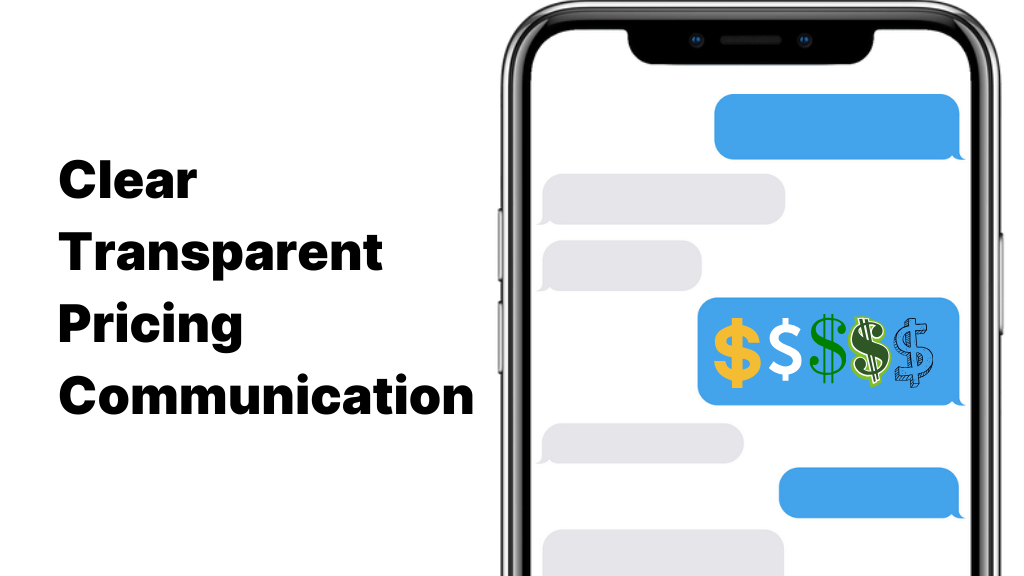
This includes detailing any potential additional costs, such as add-ons, overage charges, or usage tiers. By making this information readily accessible on your website or app, you establish trust with your customers and allow them to make informed decisions. Avoiding hidden charges and being upfront about costs prevents potential customer frustration down the line and contributes to a positive brand image.
Customization Options for Pricing Plans
Recognizing the diverse needs of your customers and offering pricing plans that cater to those individual requirements can be a winning strategy. Providing multiple pricing tiers with varying features or resource allocations allows customers to choose a plan that aligns with their specific needs and budget.
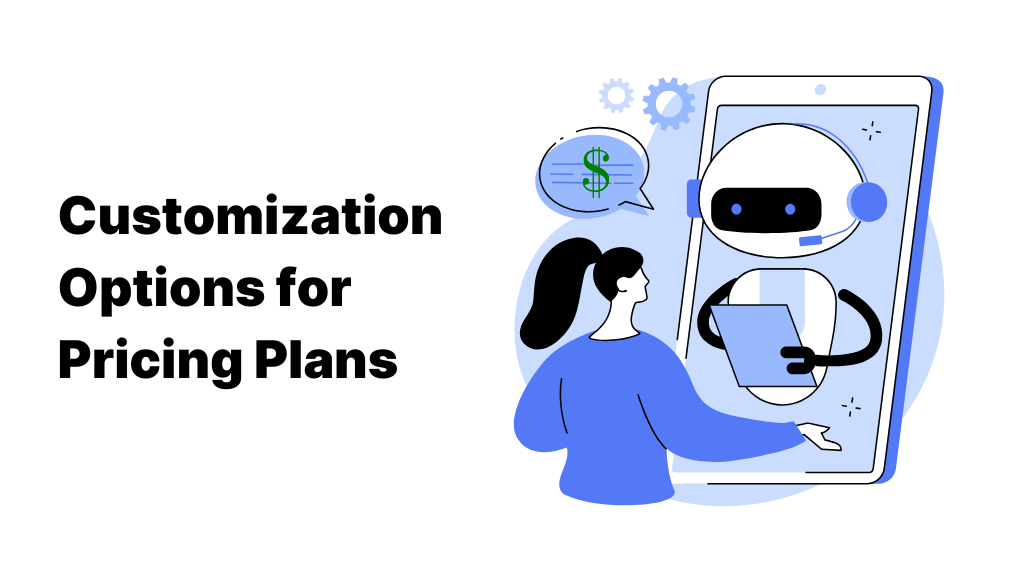
Additionally, offering a build-your-own pricing model empowers customers to tailor their plans by selecting only the features they require. This not only enhances the perceived value of your offerings but also prevents customers from paying for services they don’t use. Moreover, enabling easy plan upgrades or downgrades as needs change enhances customer satisfaction and engagement.
Trial Periods and Money-Back Guarantees
Mitigating customer risk and building confidence in your headless commerce solution can be achieved through trial periods and money-back guarantees. Offering free trial periods gives potential customers the chance to experience your platform firsthand, allowing them to assess its fit for their needs.
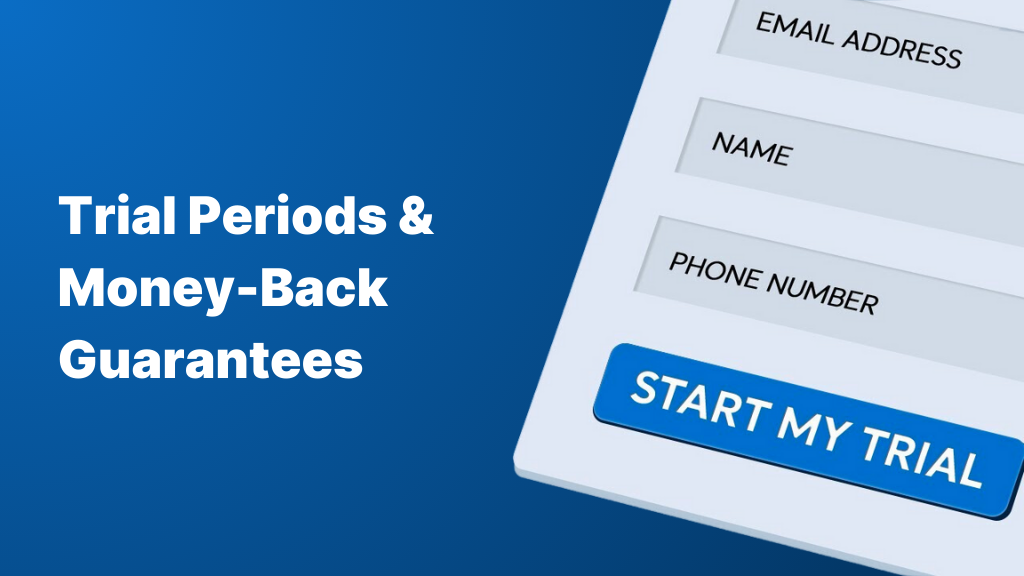
Additionally, implementing a money-back guarantee within a specified timeframe provides reassurance that if the solution doesn’t meet their expectations, they can opt for a refund. Clearly outlining the terms and conditions of these offers is crucial to setting realistic expectations and ensuring a positive customer experience.
Cross-sell and Upsell Opportunities
Leveraging cross-selling and upselling strategies can effectively enhance the value proposition of your headless commerce pricing. Cross-selling by bundling complementary services or features together at a reduced cost encourages customers to opt for comprehensive solutions, showcasing the potential savings and convenience of a bundled package.
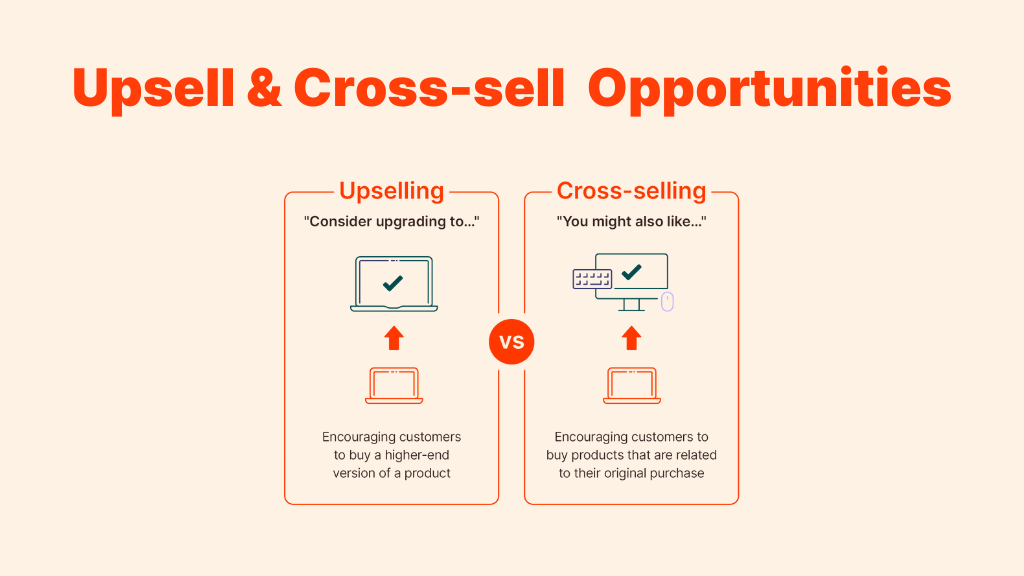
Upselling, on the other hand, involves presenting higher-priced plans or premium features to existing customers. This can be achieved through targeted marketing efforts, such as personalized recommendations based on their usage patterns. Providing incentives for customers to upgrade, such as exclusive access to new features or enhanced support, encourages them to explore higher-value plans.
Real-world Estimation of Headless Commerce Pricing
How Much Does Magento Headless Cost?
A headless Magento website can cost from $3,000 to more than $100,000, depending on the actual scope of the website.
For a basic implementation, a small business may need to pay from $3,000 to $35,000 for a decent headless Magento store with PWA.
For a more advanced setup, a medium-sized business may need to pay from $35,000 to $75,000 for a headless Magento store with PWA and other features.
For a large-scale enterprise, the cost may exceed $100,000 for a headless Magento store with PWA and custom integrations.
How Much Does Shopify Headless Cost?
The cost of implementing Shopify Headless can vary widely depending on various factors, including the tools, services, and level of customization you choose. Here’s a breakdown of the potential costs associated with a Shopify Headless setup:
- Shopify Plus Plan: To use Shopify Headless, you’ll need to subscribe to the Shopify Plus plan, which starts at $2,000 per month. This plan offers advanced features suitable for larger businesses and provides the foundation for your headless commerce architecture.
- Headless CMS: A headless CMS is essential for managing content and data for your custom storefronts. Costs for a headless CMS can vary depending on the provider and the features you need. The cost for a headless CMS can range from a few hundred to a few thousand dollars per month.
- Front-End Framework: Depending on the front-end technology stack you select (e.g., React, Angular, Vue.js), there might be licensing, or subscription costs associated with using these frameworks. The cost can vary but is usually a one-time or ongoing fee.
- Hosting Provider: Headless setups require hosting for both the front-end and the back-end. The cost of hosting will depend on factors like server specifications, traffic volume, and the hosting provider you choose. Monthly hosting costs can range from tens to hundreds of dollars.
- Development Costs: Building a headless Shopify setup involves significant development effort, including creating APIs, customizing the front end, integrating third-party services, and ensuring smooth communication between components. Development costs can vary greatly based on the complexity of your project. Costs for headless Shopify builds can range from $100,000 to $500,000 or more when working with agencies.
- Maintenance and Support: After the initial setup, ongoing maintenance, updates, bug fixes, and support will be necessary to ensure a smooth operation. Costs for maintenance can vary but are typically calculated as a retainer fee with agencies or in-house developers’ salaries, which can range from $5,000 to $10,000 per month for an agency retainer or $100,000 to $150,000 per year for an in-house developer.
As the process of transitioning to a headless Shopify build is intricate and time-consuming, the final cost often ranges from $100,000 to $500,000 or more when working with conventional agencies.
In conclusion
As the eCommerce landscape continues to evolve, headless commerce stands as a dynamic and innovative solution that offers businesses unparalleled control, customization, and scalability. Understanding the intricacies of headless commerce pricing, from factors influencing costs to strategies for effective pricing models, is crucial for businesses seeking to leverage this architecture to its fullest potential. By carefully evaluating the advantages, challenges, and real-world examples, businesses can navigate the world of headless commerce with informed decisions, ultimately driving growth and success in the digital marketplace.
Please note that these figures are rough estimates and can vary based on factors such as customization needs, specific service providers, geographic location, and other individual business considerations. It’s important to conduct thorough research, gather quotes, and create a detailed budget plan tailored to your specific requirements before embarking on a headless commerce project. For further information about headless pricing, feel free to contact our team of experts at Magenest.



